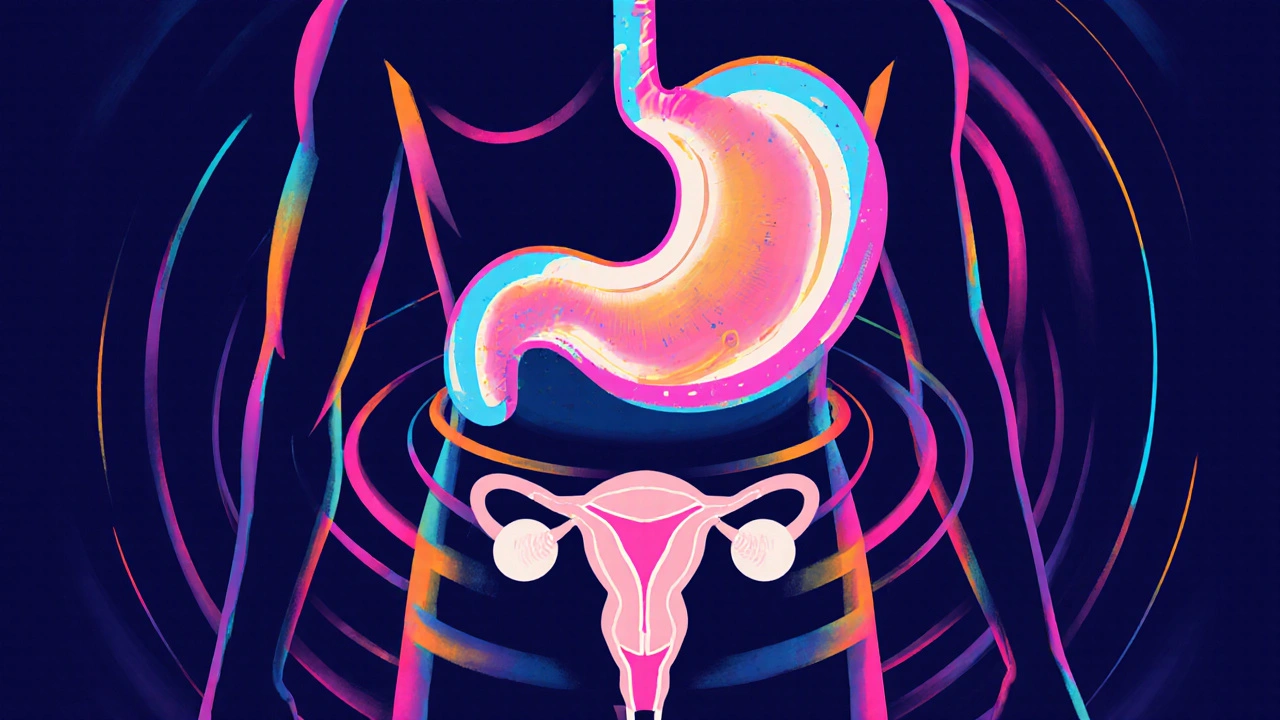Cervical Ripening – What It Is and How It Works
When dealing with Cervical Ripening, the physiological process that softens, effaces, and dilates the cervix in preparation for childbirth. Also known as cervical softening, it is a critical step for women who need labor induction or whose cervix is not yet ready for a safe vaginal delivery.
One of the main drivers of cervical ripening is Prostaglandins, hormone‑like compounds that relax cervical connective tissue and stimulate uterine contractions. Doctors often use synthetic forms such as misoprostol or dinoprostone to jump‑start the process. Another widely used tool is the Foley Catheter, a small balloon that is gently inserted into the cervical canal and inflated to mechanically dilate the cervix.
How to Measure Readiness: The Bishop Score
Before choosing a method, clinicians assess the cervix with the Bishop Score, a numeric system that rates dilation, effacement, consistency, position, and fetal station. A higher score (usually 8 or above) means the cervix is favorable and labor may start spontaneously. A low score signals the need for ripening agents. This scoring system directly influences the decision to use prostaglandins, a Foley catheter, or a combination of both.
Understanding these three entities—cervical ripening, prostaglandins, and the Bishop score—creates a clear pathway for safe induction. Cervical ripening requires accurate assessment, and the Bishop score provides that measurement. Prostaglandins influence the biochemical environment, while the Foley catheter offers a mechanical approach; together they often improve outcomes. Studies show that using both methods can raise the Bishop score faster than medication alone, which means shorter labor and lower cesarean rates.
Safety is a top priority. When prostaglandins are administered, clinicians monitor uterine activity to prevent hyperstimulation, a condition that can stress both mother and baby. With a Foley catheter, the risk of infection is low if the device is removed promptly after achieving the desired dilation. Patients should also be aware of common side effects like cramping, nausea, or mild bleeding, all of which are usually short‑lived.
Beyond the core methods, several related concepts play a role in cervical ripening. Oxytocin, a hormone that stimulates uterine contractions, is often added after the cervix has softened to push labor forward. Meanwhile, maternal hydration, position changes, and even acupuncture have shown modest benefits in supporting the ripening process. These adjuncts complement the primary agents and can be tailored to a patient’s preferences.
What you can do right now? Talk to your healthcare provider about your Bishop score and discuss which ripening method aligns with your health profile. Ask about the timing of medication, the option of a Foley catheter, and any monitoring plans they have. Being proactive helps you understand the steps ahead and reduces anxiety about induction.
The articles below dive deeper into each of these topics. You’ll find detailed comparisons of prostaglandin drugs, step‑by‑step guides on Foley catheter insertion, and tools to calculate your Bishop score at home. Whether you’re preparing for an upcoming induction or simply want to know more about the science behind labor preparation, this collection gives you practical, evidence‑based information you can trust.
Off-Label Uses of Misoprostol: Benefits, Risks, and Clinical Guidance
A practical guide covering misoprostol's most common off-label uses, from medical abortion to labor induction, with dosage, safety tips, and legal considerations.





